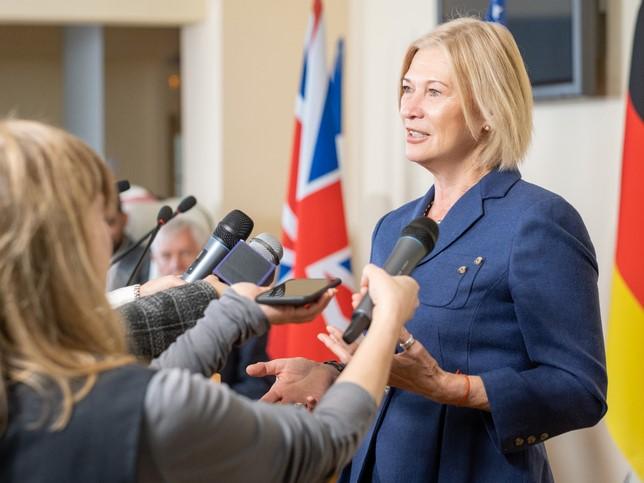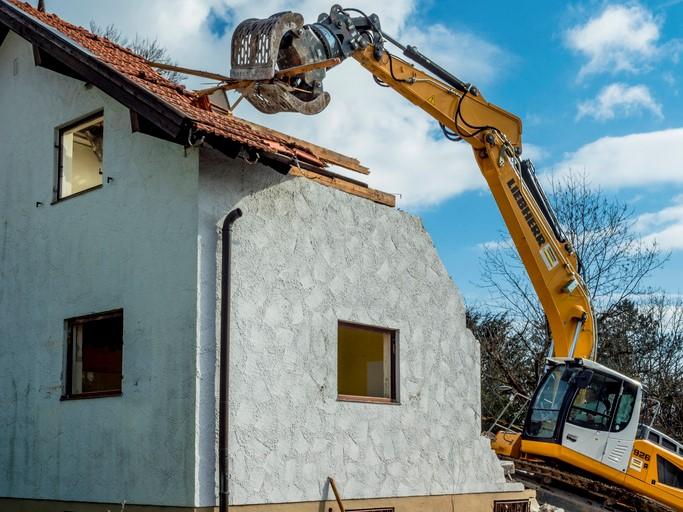Knowledge exchange requires capturing your audience’s attention. Given that humans are hard-wired to enjoy stories, adapting your content as a story can bring it alive. We are 22 times more likely to remember information if it is presented in a story, according to reports. The learning is often subliminal, with audiences typically believing it was information they already knew and denying it was acquired from a story.
Drawing on my experience running the Green Stories project, I show how storytelling – with a protagonist and an arc that includes a goal, obstacles and a resolution – can be a creative means to facilitate knowledge exchange, public engagement and impact generation. This is crucial because impact case studies as much as publications now determine how universities are rated in terms of the effects of their research on the world.
- Spotlight: How universities can work towards the SDGs
- Moving beyond climate change to teach the climate crisis
- Podcast: universities aren’t too small to lead the climate crisis fight
My experience provides solid evidence that stories aimed at a mainstream audience with green solutions embedded can affect behaviour. I wrote the rom-com Habitat Man as a way to share information about sustainable practices with a wider audience. The story follows a man who gives up his city job to become a wildlife gardener. In the process he falls in love and digs up a body. Research revealed that 98 per cent of readers adopted at least one of the green solutions mentioned. These included wildlife gardening, composting and even changing their will to specify a natural burial, showing that embedding climate solutions within a rom-com or cosy mystery can reach wider audiences than writing them into an academic paper.
Using a writing competition to raise issue awareness
The Green Stories project has run several writing competitions to raise awareness of topics. This has turned out to be an effective means to engage writers and readers. Clean vs Green, for example, encouraged writers to incorporate research on hygiene and optimal cleaning practices. The goal was to educate about the difference between viruses and bacteria and the importance of friendly bacteria. This had become especially relevant after Covid-19 led to over-cleaning in some. A survey of 77 readers of the top six stories found that messages embedded into the stories significantly changed attitudes and behavioural intentions one month after reading the stories.
Using stories to illuminate research for policy impact
Putting research results into a story can also make it easier for politicians and policymakers to absorb and digest the information than theoretical explanation. Decision-makers are exposed to expert opinions from researchers from different disciplines, but what they need to know is how an idea might work in practice. For example, how might a climate policy affect all other systems? Who will benefit and who won’t? Politicians often need to get complex ideas over to a broad audience, but these are not easy to capture in a soundbite. Stories can draw on common schemas that we are familiar with and help us deal with complexity.
An example is the interactive play Murder in the Citizen’s Jury, set in a citizens’ assembly, where eight people meet to debate climate solutions. The whodunnit provides an entertaining way to explore key climate solutions in depth. Each character considers how each proposed solution would affect them, and the audience is encouraged to vote on which climate solutions they like. The play, which is available royalty-free, is a fun way to educate the public about climate solutions and provide feedback for policymakers. For example, one solution proposed in the play is a system of personal carbon allowances, also known as personal carbon trading. (This idea was floated in 2007 but we didn’t have the carbon footprint knowledge that we have now to make it feasible.) The interactive play provides insights into the likely public reactions to such ideas.
Using stories to explore future scenarios
Science fiction is well known for anticipating technologies and helping us to imagine how they might interact with human societies. But what about more political or economic innovations? A recent Green Stories project teamed experienced writers (sourced from the Climate Fiction Writers League and our own previous competition winners) with climate experts (sourced from our own contacts) to create an anthology of 24 stories, No More Fairy Tales: Stories to Save Our Planet.
Each story showcases transformative climate solutions, and readers can see how to help make them happen by following links to the accompanying website. The stories, in genres including romance, whodunnit and family drama, highlighted climate solutions ranging from nature-based carbon-drawdown projects and legal approaches to technical engineering-type stories and stories that addressed systemic aspects of our political economy and culture. They are already having an impact: three stories that explored the idea of giving nation status to the ocean were shared at a recent ocean summit and were proposed for the agenda at the next world ocean summit. These have led to a novel, Fairhaven, which is being shared at COP28.
The format of the anthology reflects learning theory. When we first hear an idea, it has nowhere in our brain to go. But the next time we come across the idea, it is more familiar and ties into more connections. When we hear it a third time, it gains more credibility. In the anthology, we seed the key ideas in a couple of broad stories that cover a range of solutions. Then key solutions are explored in more depth in individual stories. The final story, like the first two, brings together many of these ideas again in a new way. This way the anthology follows the classic structure of introduction of an idea, in-depth explanation and consolidation. If the reader is enthused, we provide a link so they can go to a website to find out more how to progress any idea that engages them.
Denise Baden is a professor of sustainable business in the Southampton Business School (SBS) and lead on the Green Stories Project at the University of Southampton.
If you would like advice and insight from academics and university staff delivered direct to your inbox each week, sign up for the Campus newsletter.




comment1
(No subject)